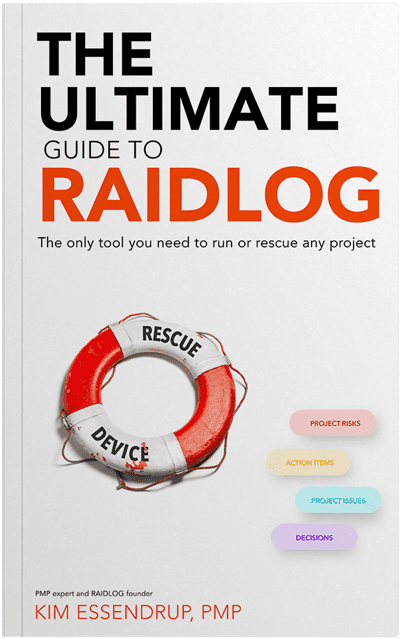Getting decisions wrong will cost you. Bad decision making can take your project down the wrong path, stop your project in its tracks, or cause delays and rework because necessary decisions were made incorrectly, by the wrong people, or not at all. Issues related to bad decision making generally fall into these categories:
- Decisions don’t get made. Key decision points are not identified as needing broader stakeholder or customer input, so the team makes assumptions about how to proceed. In essence, this is making a decision – to not involve outside stakeholders. By the time the stakeholder or sponsor realizes the decision was made for them and that they don’t like it, it’s usually too late and significant rework is required and trust is lost with stakeholders.
- Decisions are don’t involve the right people. Perhaps as bad as decisions not formally made are those that are made by the wrong stakeholders. This happens when not enough thought and communication are put into decision planning and the right decision makers are left out. This often leads to frustrated stakeholders, revisiting decisions, and rework.
- Decisions don’t get communicated to those impacted. Key decisions can impact your team and stakeholders directly and indirectly. So, decisions and the process used to make them should be transparent to all those involved and affected. It’s the PMs responsibility to communicate decisions to all those involved.
- Decisions don’t get implemented. Even the best decision making is a waste of time if the outcome of the decision is not implemented. It’s the PMs responsibility to track project decisions and act on them to ensure they are implemented.
- Decisions don’t get tracked and later cannot be explained. Particularly in longer duration projects with many stakeholders, and those that are being implemented as part of a contractual agreement, decision making can be subject to high levels of scrutiny. Stakeholders may well revisit past decisions and demand justification for those decisions or push to change them. Without documentation, you may find yourself unable to explain how those decisions were made, why and by whom, leaving your project subject to the whim of stakeholders that want to remake past decisions.
What you don’t want to happen is this: you get to the end of a project and your sponsor or customer says, “wait, who told you to do it this way? Who made the decision to this?” Your decision log should be thorough enough to back-up all the decisions made in the project so you can speak to it later, if needed.
A special case where you will wish you had strong decision documentation is when your sponsor or stakeholders change. Often these changes cannot be predicted, but what you can predict is that new stakeholders will want to have a say in how your project goes, which may include revisiting past decisions. You cannot necessarily prevent decisions from being remade in this circumstance, but you can make that process easier by explaining each decision made in the project, how it was made and why.
